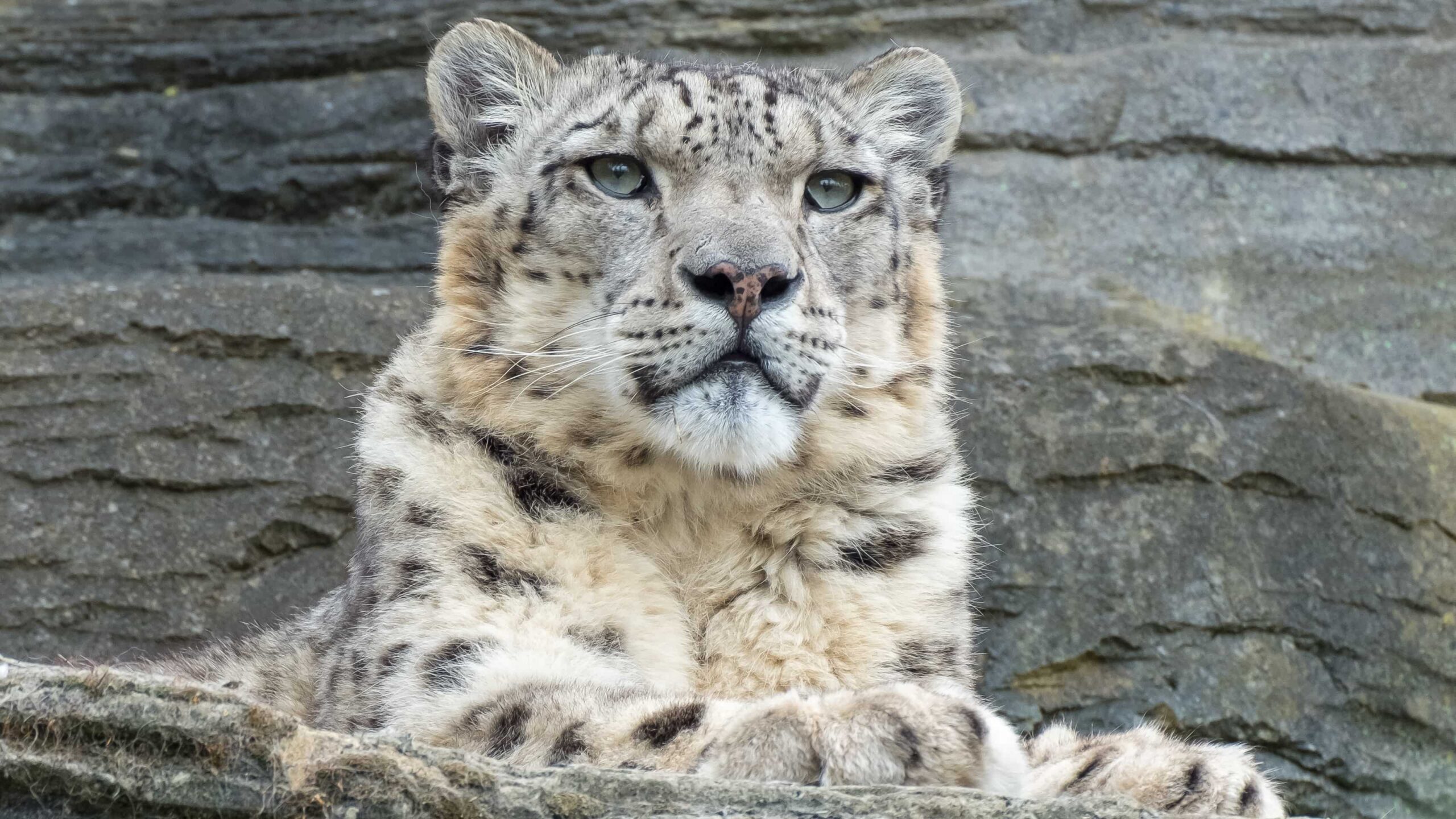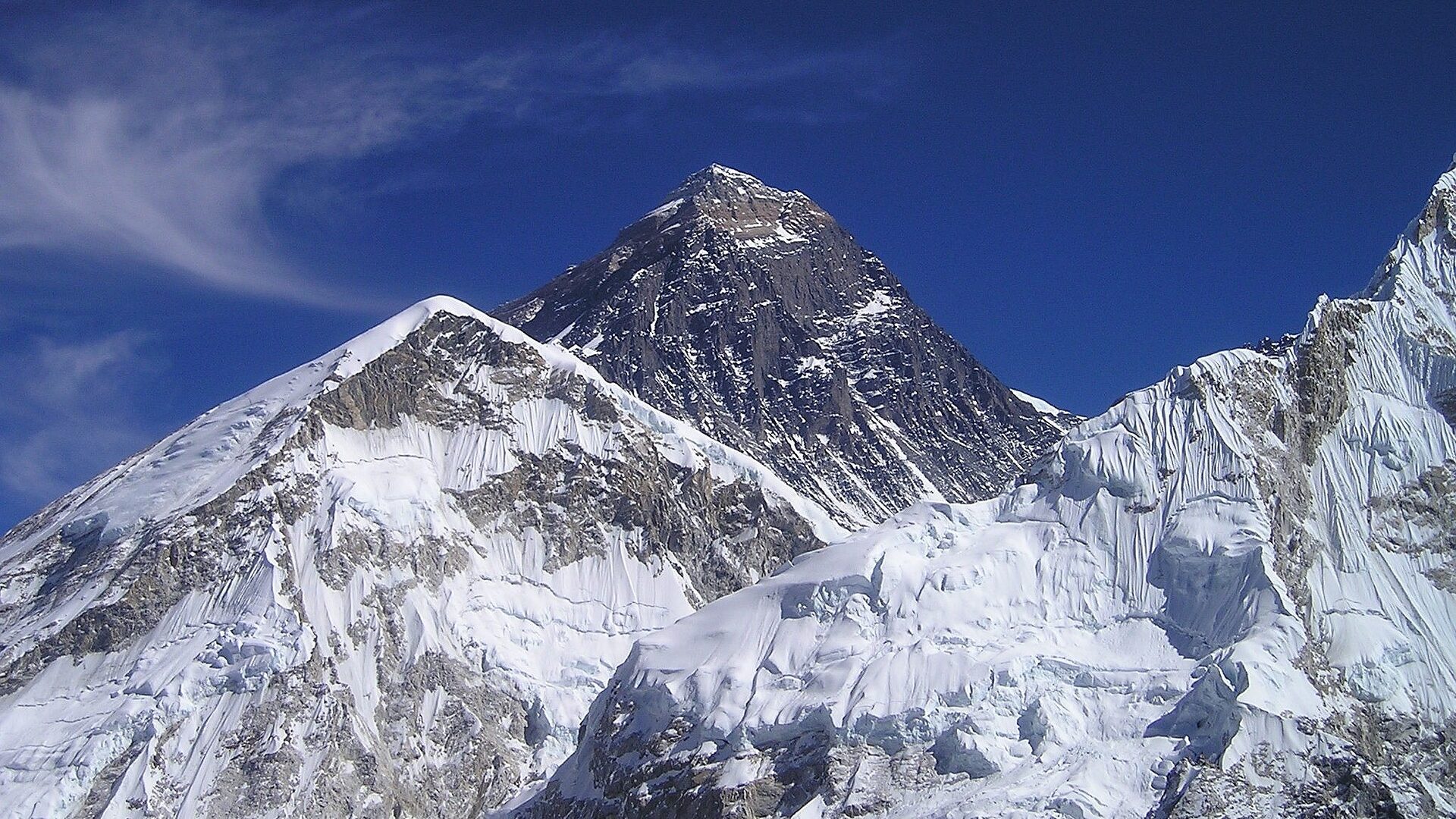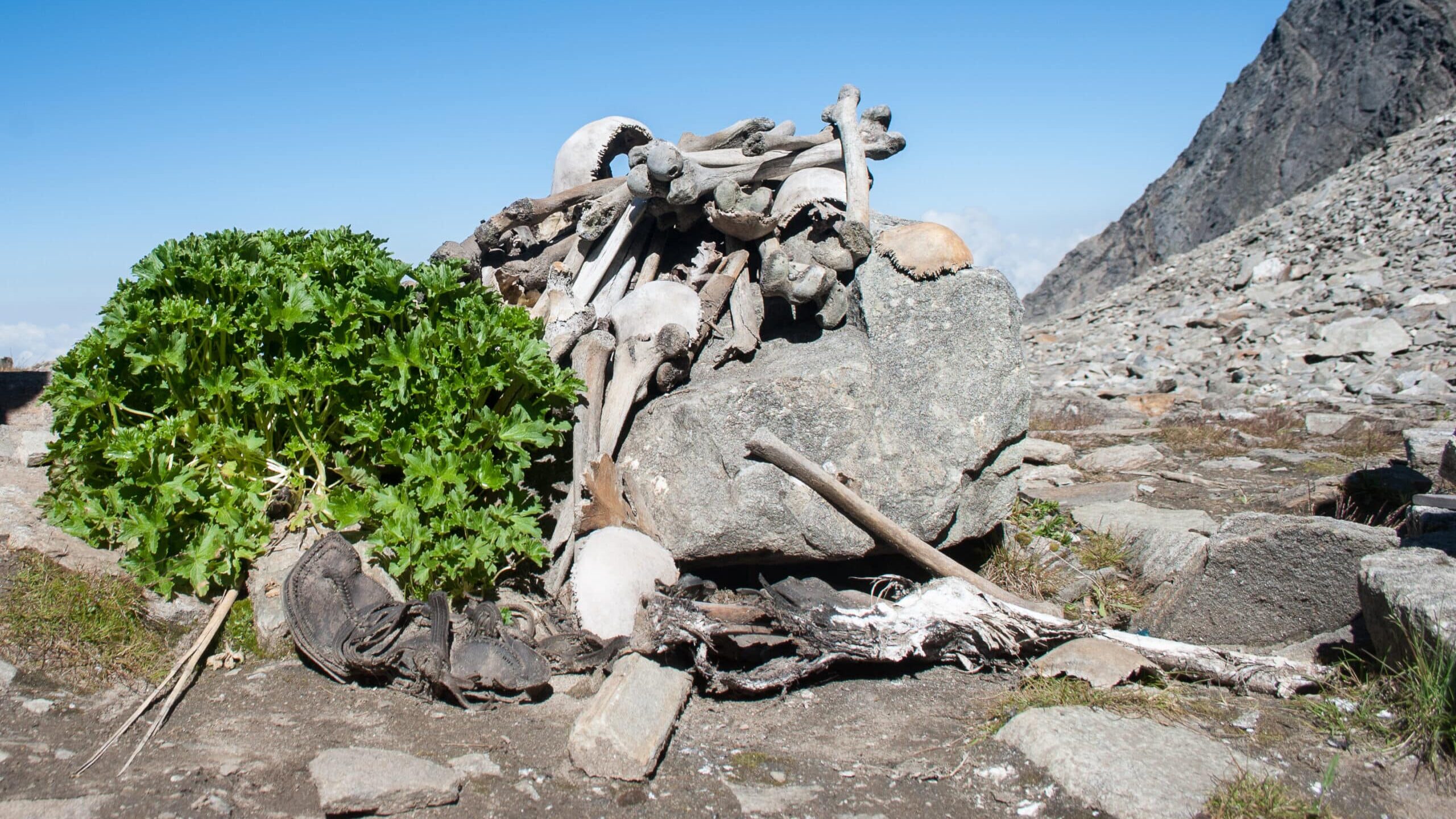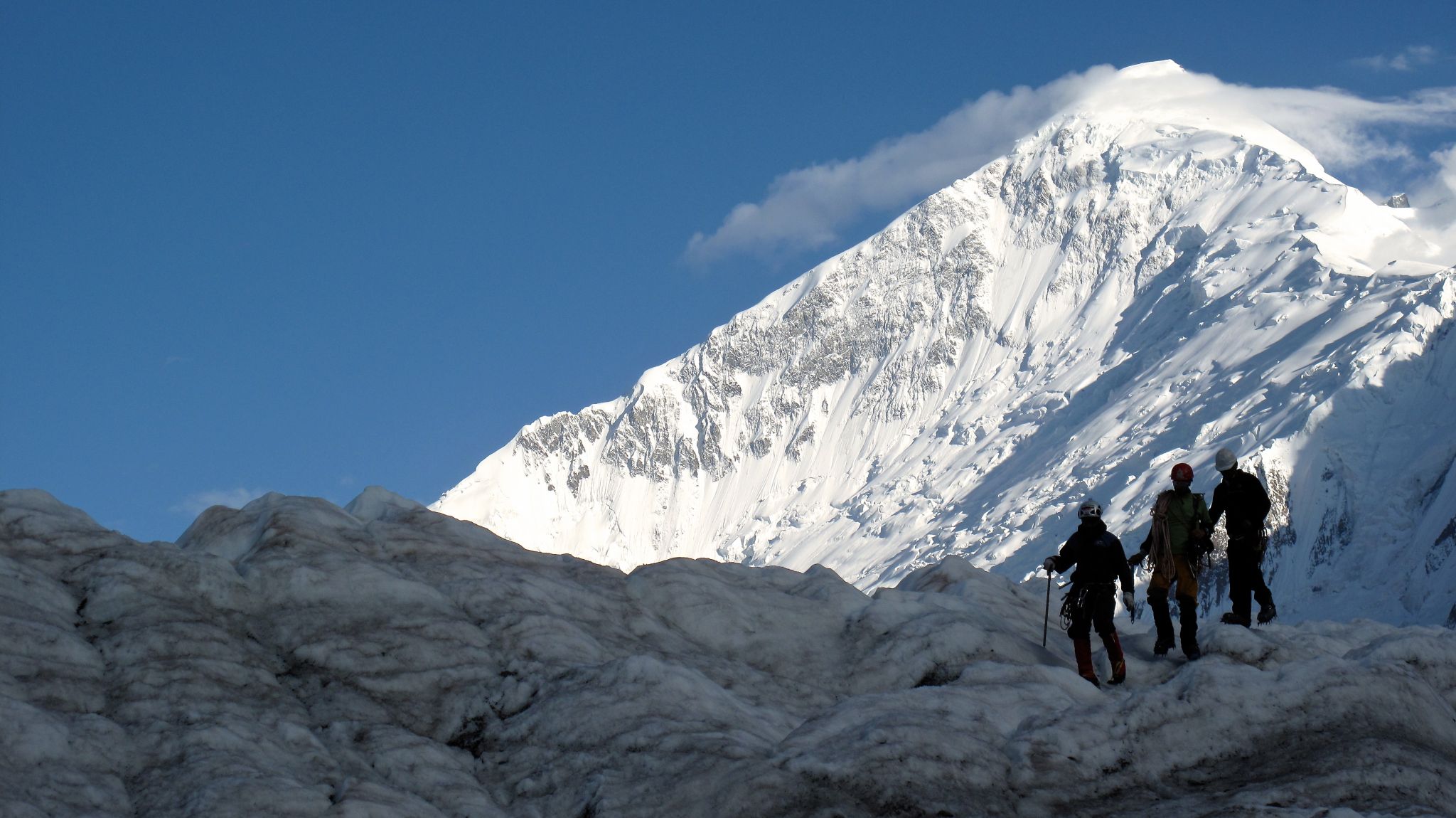
- Luglio 26, 2021
- 3:06 pm
Mountains treasure chest of biodiversity
The high lands of the planet are one of the most important reserves of biodiversity. This is an awareness that researchers have already reached in time, but which is not as well established in the common perception, which associates an increase in altitude with a directly proportional reduction in the number and the variety of living species.
To try to correct this too simplistic perception and to affirm the essential importance of the protection of mountain environments in the conservation of biological diversity, the last anniversary of the World Mountain Day, which coincided with last 11 December 2020, was dedicated to focus on biodiversity.
This was the occasion to highlight various data that may seem surprising and that are worth summarizing, to better understand how mountains actually represent one of the most important genetic diversity laboratories on our planet. The most impressive of these data is certainly relating to the number of animal species that populate the mountainous areas of the earth: although they represent about 25% of the emerged lands, the mountains are home to 85% of the species of birds, mammals, and amphibians.
The figure was reported in the articles published some time ago by the journal Science, on the occasion of the 250th anniversary of the birth of the great naturalist, explorer and geographer Alexander von Humboldt, who dedicated some of his most important exploratory missions to the regions of high altitude (it went almost as far as the summit of Chimborazo, the highest volcano in Ecuador).
Michael Borregaard, researcher at the University of Copenhagen and author of some of the publications, clarifies how the complex interactions between the heterogeneous climates of the mountains and the morphological and altitudinal variability of their territory have favored this diversification: “In the North Andes, one of the most species-rich mountainous regions there is about half the types of climate in the world, although this area is relatively small compared, for example, to the neighboring Amazon, which is 12 times larger”.
It should be noted that the environmental variability of the mountain areas has also worked as a “time machine”, capable of conserving and passing on to us forms of life that have become extinct in the surrounding areas, precisely because of the changes in the global climate. This is the case of the many “relict species” of plants and flowers that embellish the Apennine ecosystem and which constitute the biological reminder of a much colder and very different Mediterranean climate.
The effect of the mountain environment was not only felt within the biosphere, but also had extraordinary effects on the diversification of human cultures. Isolation, the need to adapt to survival in areas with extremely different morphological and climatic characteristics have favored adaptations that generate an extraordinary wealth of knowledge and traditions.
Also the human presence, which usually represents an element of disturbance and impoverishment, in the mountain environment has in some cases represented a further stimulus to biological diversity. Consider, for example, the historically settled Alpine area, where human intervention on the environment for the creation of grazing areas or forest maintenance has introduced over the centuries additional factors of environmental variability, opening up vital spaces for different species.
All this is now endangered by the depopulation of mountain areas, the corresponding advance of “urban monoculture” and, obviously, by climate changes, whose effects are particularly evident and catastrophic on fragile environments such as mountain areas, risking to compromise one of the most important treasures of the planet’s biodiversity.
This is an extremely topical issue also at the G20 which ended just recently. The heads of government gathered in Naples reiterated the importance, for the achievement of sustainable development, of issues such as the protection of biodiversity and the management of water resources, which – let’s not forget – derive at least 60% from the territories mountain.
Unfortunately in the final documents of the G20 there are no explicit references to the mountains, but these shared positions represent an excellent starting point in anticipation of the COP26 to be held in Glasgow from 1 to 12 November next, in which the mountains will instead be one of the topics on the agenda of the IPCC, the Intergovernmental Panel on Climate Change, which is the most important international body set up by the United Nations for the assessment of climate change.
ULTIME NOTIZIE











